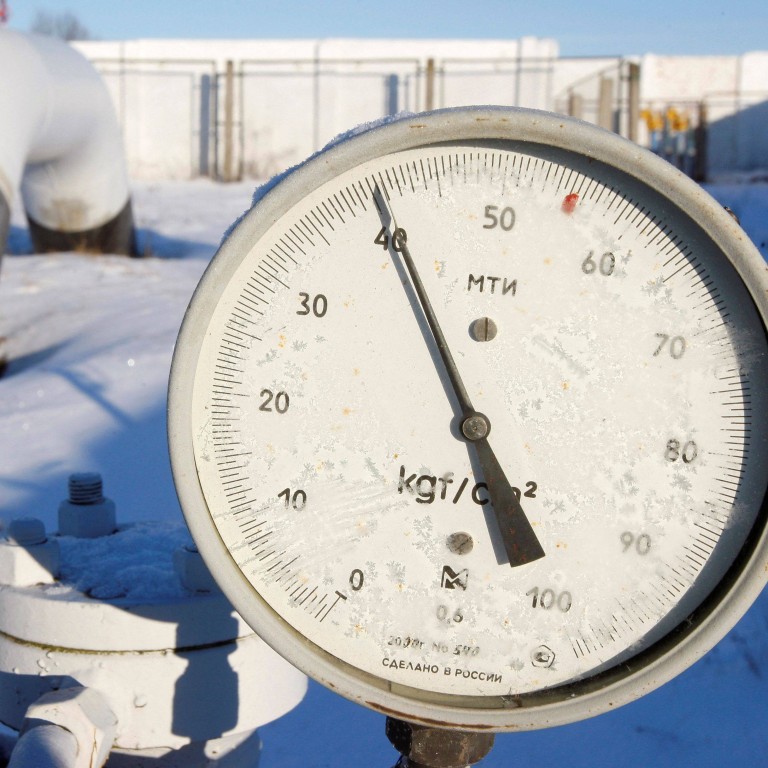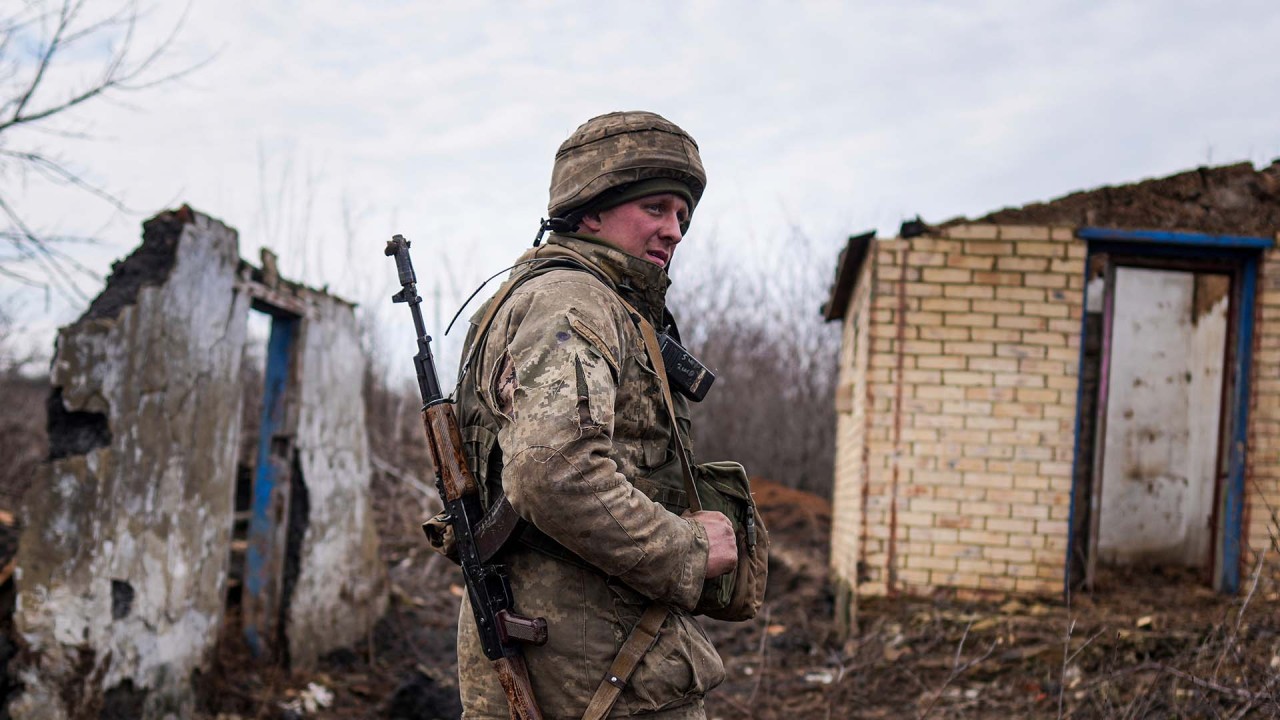
Spiralling inflation, economic slowdown and a drawn-out struggle with Russia: the Fed is facing a lose-lose situation
- The US Federal Reserve knows it must bring inflation under control, but fears the damage higher interest rates will do to a still-fragile economy
- Now, with tougher economic sanctions against Russia and a spike in fuel prices all but inevitable, the necessary inflation-curbing policies are even less welcome
Having been dangerously behind the curve in tackling the surge in inflation, which hit a 40-year high of 7.5 per cent year on year last month, the Fed was forced to accelerate its timetable for withdrawing monetary stimulus. By winding down its asset purchases earlier than planned, the central bank gave itself more flexibility to raise interest rates sooner, and at a faster pace, than previously envisaged.
The Fed’s hawkish pivot caused a dramatic repricing of estimates for US rate hikes this year, with as many as seven increases priced in earlier this month, including a supersized rise of half a percentage point at the Fed’s policy meeting next month.
Yet, no sooner did the Fed take a more aggressive approach to countering inflation than divisions emerged within the central bank – amplified by worrying signals from bond markets – over the pace of tightening and how high rates can rise without damaging the economy.
Brent crude, the international oil benchmark, surpassed US$100 a barrel on Thursday, its highest level since 2014, fuelling inflationary pressures. The so-called 2-year US break-even rate, a market gauge of short-term inflation expectations, has risen to its highest level since Bloomberg began compiling data on the measure in 2004.
This leaves the Fed, other major central banks and the markets caught between a rock and a hard place. While a faster and sharper tightening in policy could endanger the recovery, a more gradual and cautious increase in rates could allow high inflation to become entrenched, posing an even bigger threat to the recovery.

Traders are already pricing in the risk that the Fed will act too aggressively. In one of the most telling developments in markets since central banks began turning more hawkish, Eurodollar futures, which reflect the outlook for US rates in the next few years, are indicating that the rate-hiking cycle will peak as soon as late 2023 and the Fed will be forced to start cutting rates in 2024.
An even bleaker signal comes from the rapidly narrowing gap between yields on short- and long-term government debt. The “flattening” in the yield curve has historically been treated by markets as a harbinger of a recession, particularly when the curve inverts. On Wednesday, the difference between 10- and 2-year US bond yields was close to a post-pandemic low of 39 basis points.
Still, while the speed of the shift from fears about inflation to worries about growth looks excessive, the trade-off between bringing prices under control and safeguarding the recovery has become much more challenging since the start of this year.
For markets, it is the perception of the future that matters, and right now it is the risks to growth through higher commodity prices that are driving sentiment.
It is difficult enough for the world’s leading central bank to start tightening policy for the first time since the onset of the pandemic. It now faces the prospect of raising rates in the teeth of a commodity shock-induced slowdown.
The combination of the removal of stimulus and Europe’s biggest security crisis since 1945 is an extremely dangerous one. Yet, what makes it even more frightening from a market standpoint is that, even if the global economy slows sharply, the surge in inflation makes it all but impossible for the Fed to shelve its tightening campaign.
Nicholas Spiro is a partner at Lauressa Advisory


